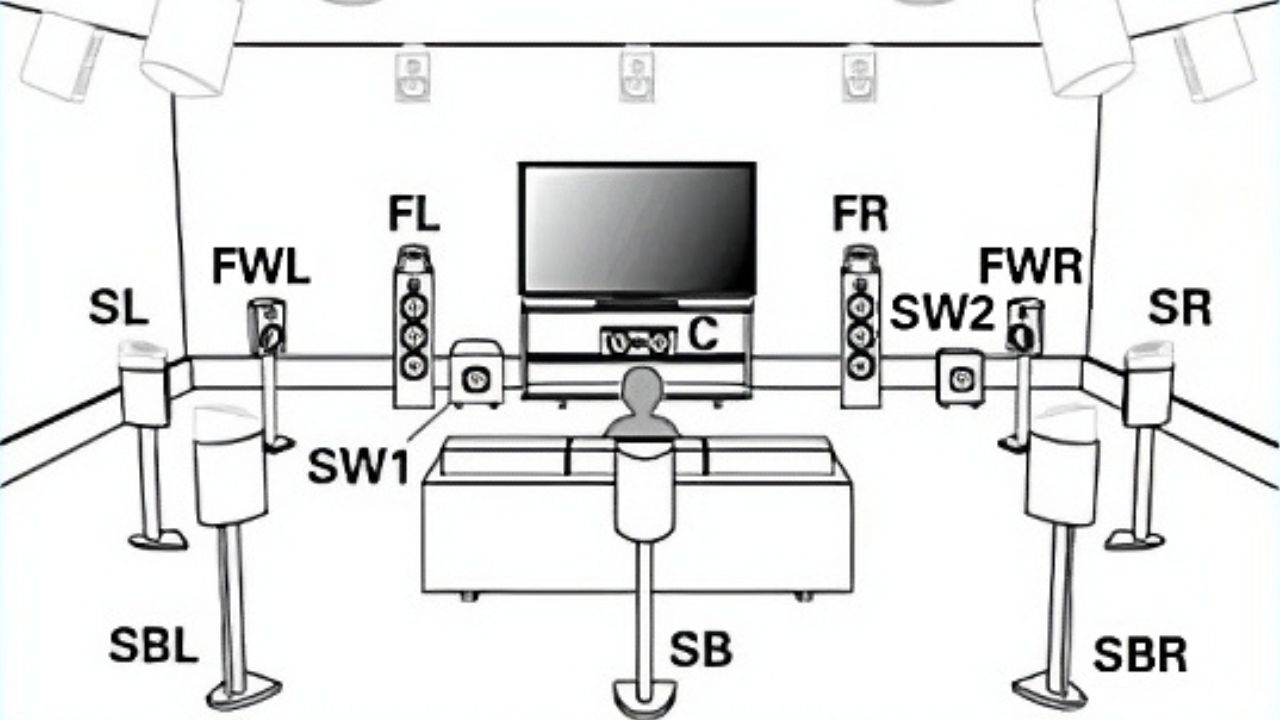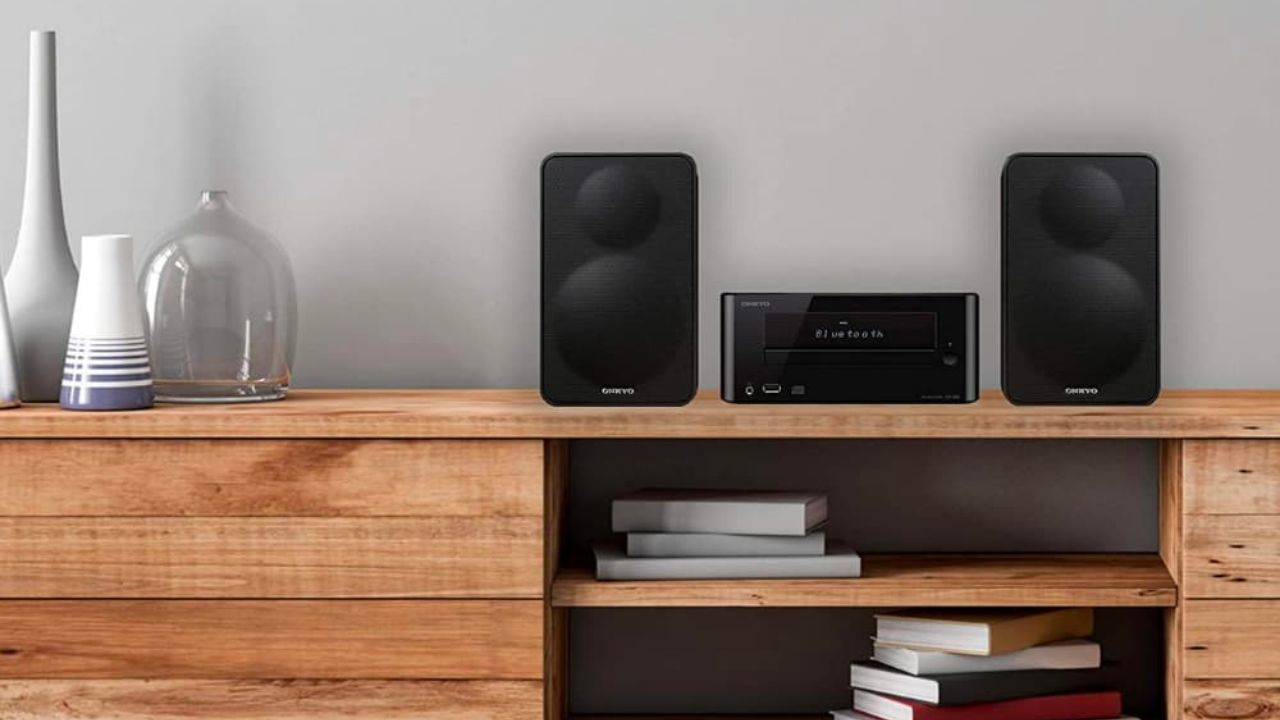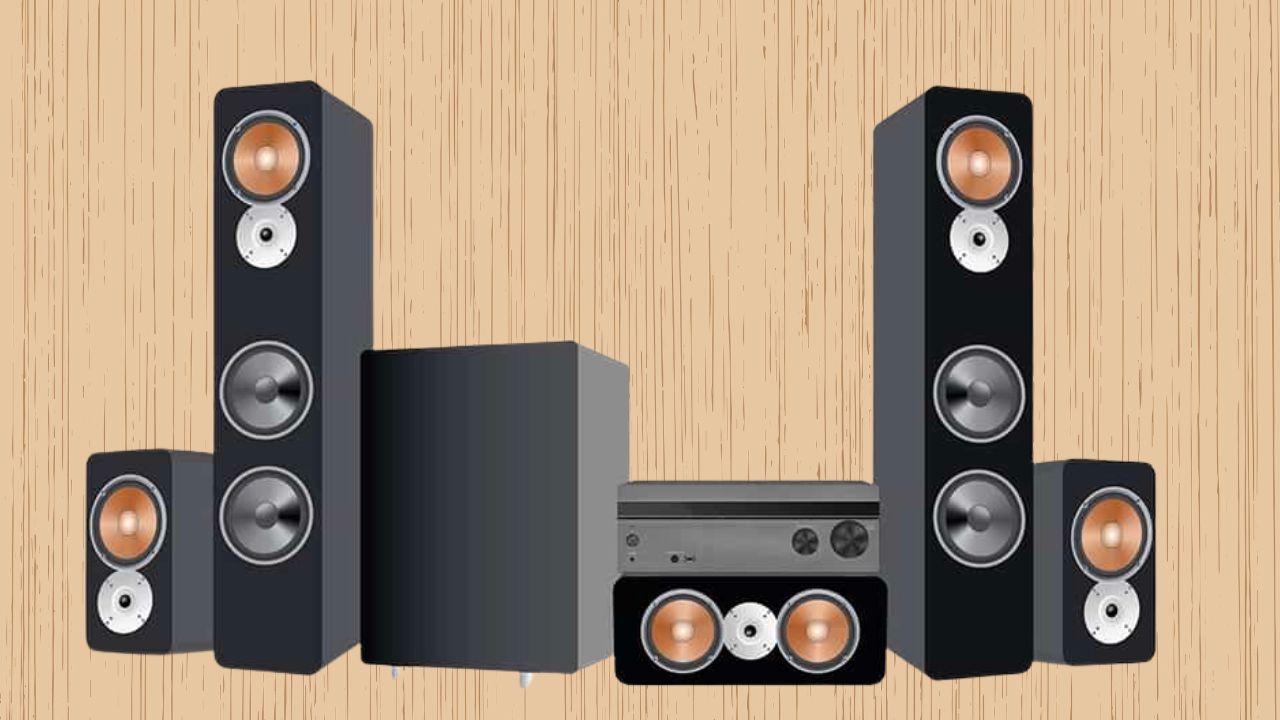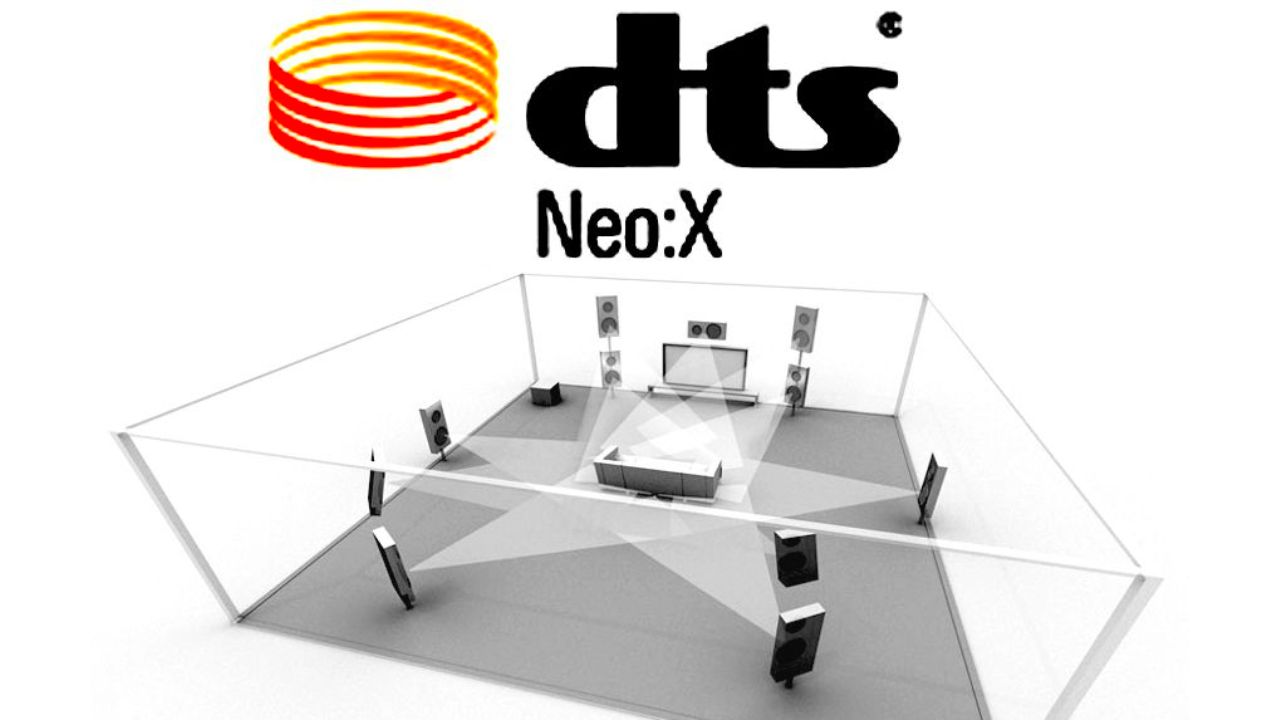Imagine a dark room with a flickering screen. A car roars across the screen, its tires screeching. You can almost touch it. The sound is so realistic that you can hear every engine detail and gravel crunch under the car’s wheels. Multi channel home theater has that power. Movies no longer require sitting in a living room with two speakers playing sound from nowhere.
Multi-channel home theater lets you recreate the movie theater experience at home—or improve it! This home theaters immerse you in the action by strategically placing speakers throughout your viewing area and using advanced audio processing technology.
Table of Contents
The Benefits of Multi Channel Home Theater
If you’re serious about your movies or gaming sessions, then multi channel home theater is a must-have for your home entertainment system. Why? Because it provides several benefits that traditional stereo systems simply can’t match.
Multi-channel home theaters sound better. Multiple speakers can focus sound in a room.
This makes dialogue clearer than ever—no more straining to hear characters over background noise! Second, multichannel home theaters enhance immersion.
They immerse viewers in sound from all directions, including above, making movies feel like they’re in your living room. This makes the screen’s action more emotional than a stereo system can.
Customizable multichannel home theaters. You can customize your system with so many speaker placement, receiver settings, and sound processing options.
There’s a setup for everyone, from accuracy purists to soundstage enthusiasts. If you want the best home theater experience, go multi-channel.
Why wait to switch from traditional stereo systems? After experiencing multi-channel audio, you’ll never go back.
The Basics of Multi Channel Home Theater
Multi Channel Home Theater: The Future of Audio
Multi-channel home theater audio outperforms stereo. A surround sound effect can be created with multiple speakers when using a home theater system that has multiple channels. A more immersive and authentic audio experience complements your visual experience.
Speaker Placement and Calibration: It’s All About Optimization
Speaker placement and calibration are crucial to multi-channel home theater sound quality. Without proper placement, phase and frequency cancellation can degrade sound quality. Consider room size and shape when placing speakers.
Different speakers should be placed in specific areas for optimized sound quality. For instance, place your center speaker directly above or below your TV screen for perfect dialogue clarity.
Calibration involves adjusting various settings such as volume levels, time delays, equalization to achieve perfect synchronization between audio playback from different channels. Calibration further fine-tunes the output from specific speakers to balance them effectively.
Stereo Systems vs Multi-Channel Home Theater Systems
Stereo systems have been around for decades, but modern multi-channel home theaters sound and function better. Stereo systems’ two channels—left and right—limit their ability to create an immersive soundscape like modern multi-channel systems.
Stereo systems often lack subwoofers, which are essential for deep bass frequencies needed for cinematic impact.
Upgrade from stereo to multi-channel home theater for unmatched entertainment.
Optimizing speaker placement and calibration ensures an optimal listening experience that will make you never want to leave your entertainment room!
Surround Sound Technology: Enhancing the Home Theater Experience
Dolby Atmos: Immersive Audio at its Best
Dolby Atmos surround sound has revolutionized home entertainment. This technology adds height channels to surround sound to create a three-dimensional soundscape.
The audio immerses you in the movie or concert. Dolby Atmos uses floor and ceiling speakers to expand the soundstage.
Object-based audio technology lets the system place sounds in specific locations in the room rather than just one direction. Each sound effect or musical note has spatial awareness and movement.
In my opinion, every home theater enthusiast should consider Dolby Atmos. It transforms movies and music into an immersive experience that stereo speakers cannot match.
DTS:X: A Competitor Emerges
DTS:X is another new player in the world of multi channel home theater audio, competing directly with Dolby Atmos for dominance in this space. The technology works similarly to Atmos but with some differences in how it achieves its three-dimensional sound effects.
One advantage of DTS:X over Dolby Atmos is its ability to adapt to different speaker configurations without specific calibration requirements. This means it’s easier for homeowners to add or remove speakers without having to reconfigure their whole system.
Both technologies offer impressive surround sound experiences but each has its own unique capabilities and limitations. As someone who’s listened extensively to both systems, I’d say that ultimately it comes down to personal preference on which one you prefer – although I lean towards Dolby Atmos personally.
Enhancing the Viewing Experience with Surround Sound
Whether you choose Dolby Atmos, DTS:X, or another surround sound technology, there’s no denying that it adds a level of immersion to your home theater experience that is simply unmatched. The ability to hear sounds coming from all around you truly transports you into the world of the movie or concert you’re watching. However, it’s worth noting that not all movies or music are created equal when it comes to utilizing surround sound technology.
Some films have been specifically mixed for these systems and will offer a more impressive experience than others. Similarly, some music was recorded with these types of systems in mind and will sound much better than music recorded without them.
Incorporating surround sound technology like Dolby Atmos or DTS:X into your home theater setup is a game-changer when it comes to experiencing movies and music in an immersive way. It’s definitely an investment worth making if you’re serious about getting the most out of your entertainment system.
Choosing the Right Speakers
High-Quality Speakers and Compatibility
When it comes to multi channel home theater, choosing the right speakers is crucial for an immersive audio experience. You want to make sure that your speakers are compatible with your system, especially if you have invested in high-quality components. Low-quality speakers can degrade the quality of sound and ultimately ruin your experience.
Therefore always opt for a trusted brand and do some research before purchasing any set of speakers. One important factor to keep in mind when selecting speakers is their compatibility with your system.
The power rating of your amplifier or receiver should match that of your speakers; otherwise, you risk damaging them or compromising sound quality. Make sure you choose a speaker with an impedance range that matches the output of your amplifier/receiver.
Selecting Speakers Based on Room Size, Budget, and Personal Preferences
Another important factor to consider is room size. Larger rooms require larger and more powerful speakers that can fill the space without distortion.
On the other hand, smaller rooms may benefit from smaller bookshelf-style or satellite-type speakers. Budget is also a significant consideration when selecting speakers as they can range from a few hundred dollars up into tens of thousands of dollars per pair.
While higher-priced options usually offer better sound quality, there are still many excellent choices available at lower price points. Personal preferences are also essential when selecting speakers since everyone’s ears perceive sounds differently.
Audiophiles may prefer neutral-sounding audio setups, while others may prefer warmer tones or bass-heavy systems tailored for music or movies. Choosing high-quality compatible speakers based on room size, budget and personal preferences are crucial to get optimal performance from your multi-channel home theatre setup.
Receiver Options
How Receivers Process Audio Signals
A receiver is the heart of any multi channel home theater system. It processes audio signals from various sources and amplifies them for output to a set of speakers.
The receiver receives input from the different components of your home theater system, such as DVD and Blu-ray players, game consoles, and streaming devices, and sends the processed signal to the speakers. When choosing a receiver for your home theater system, you need to consider several factors that will affect its performance.
These include power output rating, connectivity options, channel compatibility, and ease of use. A good quality receiver will have a high power output rating which will drive your speakers properly and produce clear sound at all volumes.
Comparing Different Receiver Options – Power Output
One factor that you should pay close attention to when selecting a receiver is its power output rating. This rating measures how much power the receiver can deliver to each of its channels simultaneously without distortion. A higher power output means more headroom for dynamic peaks in music or movie audio tracks.
For example, if you have large floor-standing speakers or wish to listen at high volumes without distortion, you may need a powerful amplifier. A 5-channel amplifier with 100 watts per channel RMS (Root Mean Square) would be suitable for most standard setups in an average-sized room while larger systems might require more powerful amps with higher ratings.
Comparing Different Receiver Options – Connectivity
Another important feature to consider when comparing different receivers is connectivity options. Modern-day receivers come equipped with various connectivity options ranging from HDMI inputs/outputs to Bluetooth/wireless network capabilities.
If you want to connect multiple Blu-ray players, gaming consoles, or media streamers, you need enough HDMI inputs. Streaming music from your smartphone or laptop to a wireless receiver is convenient and modern.
Comparing Different Receiver Options – Compatibility
Make sure the receiver works with your home theater system. Your receiver should support the same audio and video formats as your source components.
If your Blu-ray player outputs Dolby Atmos audio, your receiver must support it. For 4K Ultra HD movies and games, the receiver must support HDMI 2.0a/HDCP 2.2.
Investing in a high-quality multi-channel home theater receiver is essential for an immersive sound experience. Before buying, consider room size, budget, and options.
SOUNDPROOFING YOUR HOME THEATER ROOM
Creating a Private Sound Sanctuary
Do you ever feel like you can’t fully immerse yourself in your home theater experience because of outside noise distractions? Fear not, because soundproofing your home theater room is easier than you might think. With just a few simple steps, you can create a private sound sanctuary where you can fully indulge in your favorite movies and music without any disruptions.
First things first, check for any gaps or openings that could be letting noise in. This could include windows, doors, or even electrical outlets.
Once identified, use acoustic caulk to seal any openings and create an airtight seal. Next, consider adding sound-absorbing materials to the walls and ceiling of your home theater room.
Acoustic panels or foam tiles absorb sound waves and reduce reverberation. Building a false wall or ceiling in your home theater room reduces outside noise.
This involves adding drywall with insulation to block outside noise. DIY skills are needed, but the result is worth it.
HOME AUTOMATION INTEGRATION
The Future of Home Entertainment
In today’s smart homes and interconnected devices, integrating your multi-channel home theater system into your home automation network is the next logical step toward total entertainment control. Imagine being able to voice-control your home theater room’s lighting and temperature while watching your favorite movie. Compatible receivers with Wi-Fi and voice control can integrate your multi-channel home theater system into your smart home network.
Smart plugs or power strips let you remotely control home theater equipment power. This will save energy when your system is off and add convenience.
Many home automation systems offer personalized recommendations based on your viewing habits and preferences, making it easier than ever to find new content you’ll love. Home automation integration has limitless potential, so why not use it to enhance your home theater experience?
CONCLUSION
Creating a multi-channel home theater system is an investment in both entertainment and relaxation. For an immersive audiovisual experience, consider speaker placement and calibration, high-quality components, soundproofing your room, and smart home integration. For audiophiles, the initial investment is worth it.
So why settle for less when you can have a true cinematic experience right in the comfort of your own home? Invest in a multi-channel home theater system today and enjoy a lifetime of movie magic.









